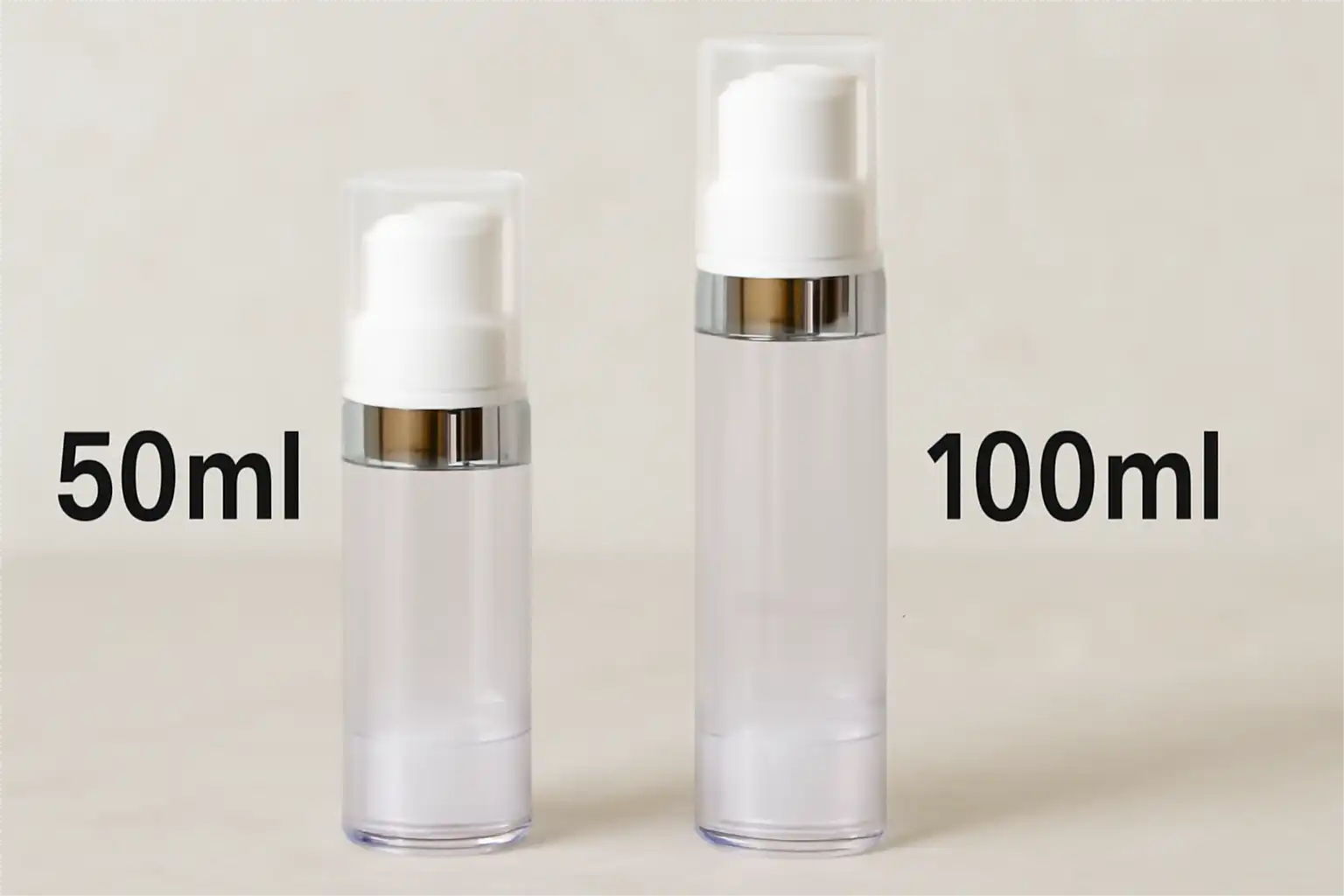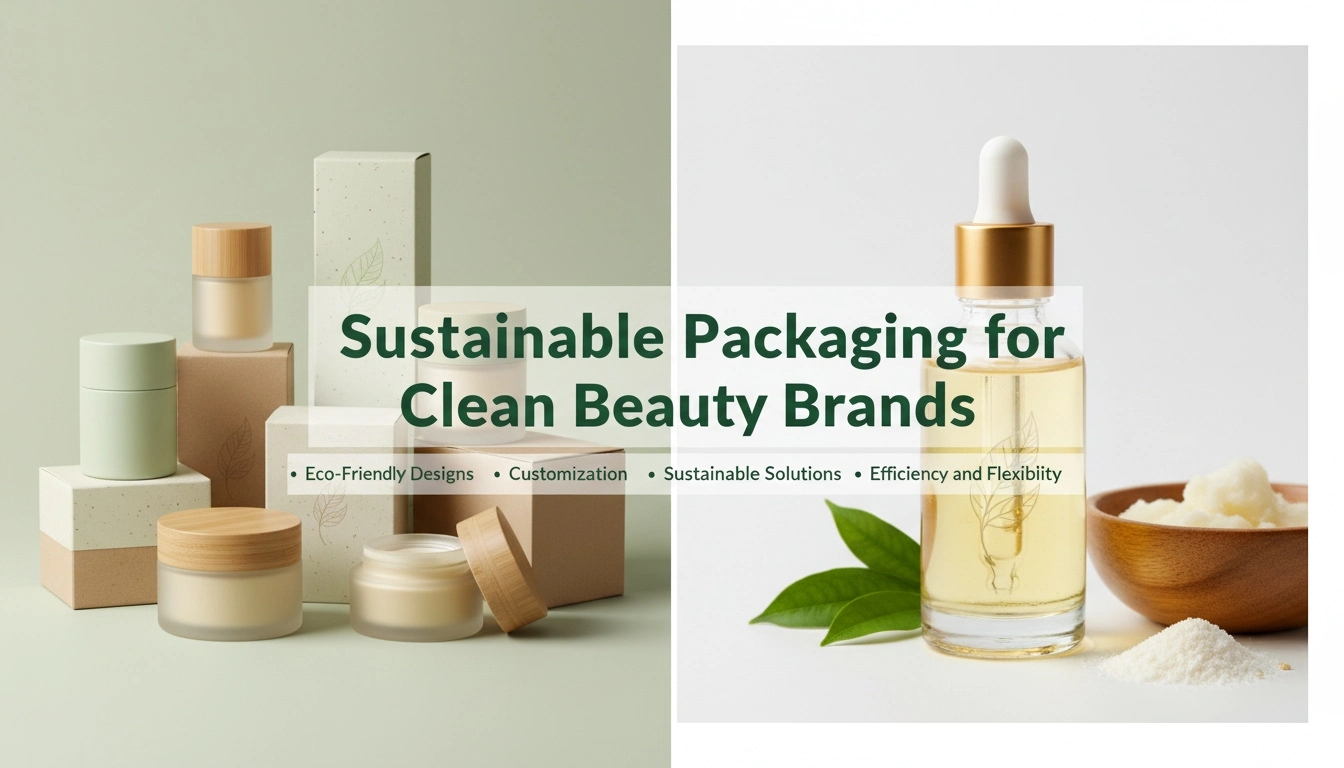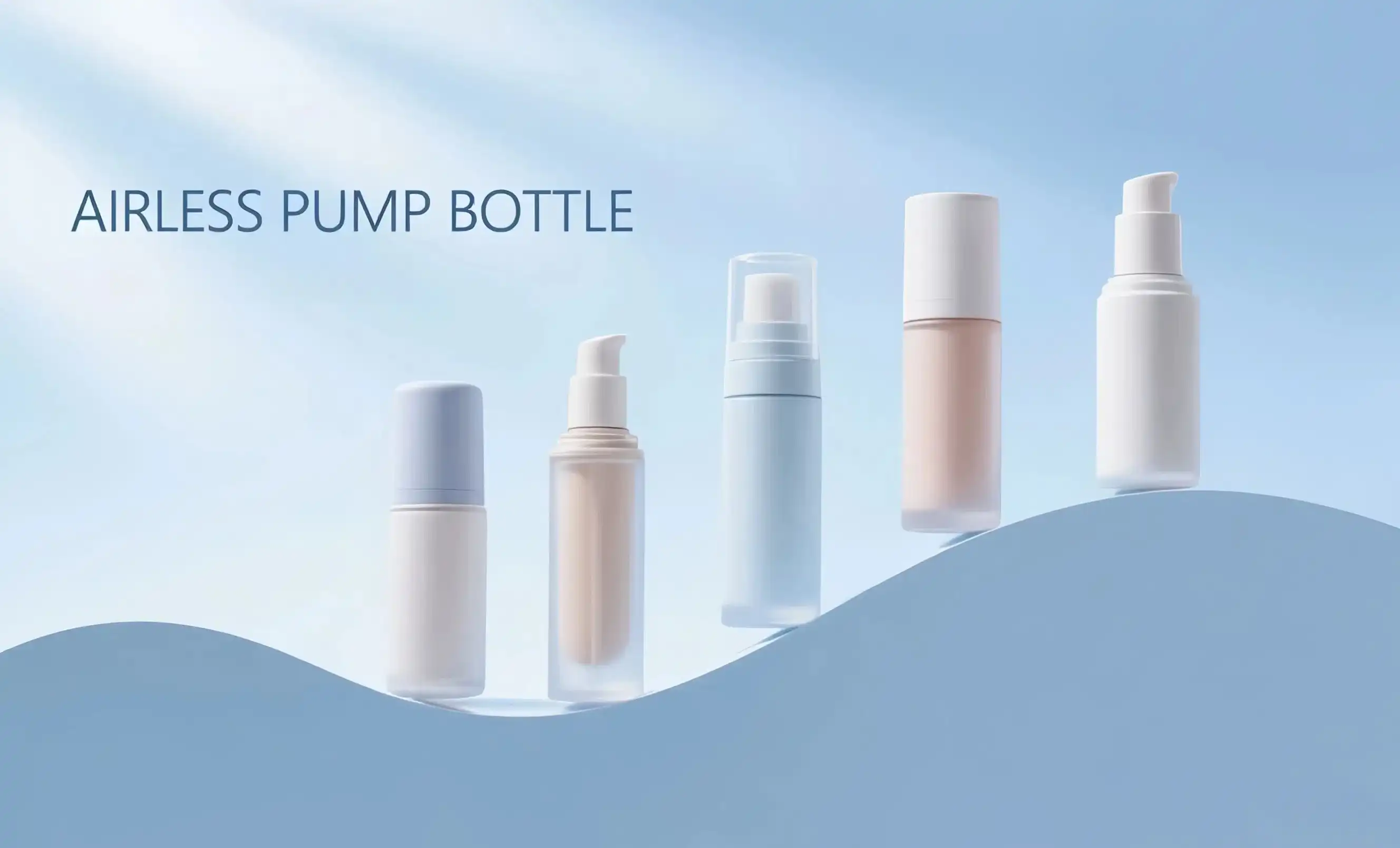How to Decide Between 50ml and 100ml for Your Product Launch
When launching a new skincare or cosmetic product, choosing the right size for your packaging is crucial. The decision between 50ml and 100ml PET airless bottles can significantly impact your product's success and consumer appeal. Here are some factors to consider:
Target Market and Usage Frequency
Understanding your target audience is essential. For daily-use products like moisturizers or serums, a 50ml size might be more appropriate as it aligns with typical monthly usage. However, for less frequently used products or those targeting a luxury market, a 100ml option could be more appealing.
Price Point and Perceived Value
The size of your packaging can influence the perceived value of your product. A 100ml airless bottle might justify a higher price point, potentially increasing profit margins. Conversely, a 50ml option could make your product more accessible to a broader range of consumers.
Travel-Friendly Options
If your target market includes frequent travelers, the 50ml size is ideal as it complies with most airline carry-on restrictions. This convenience factor can be a significant selling point for your product.

Cost-Effectiveness: Are Larger Airless Jars Better for Brands?
When considering the cost-effectiveness of PET airless bottles, it's tempting to assume that larger sizes are always more economical. However, the reality is more nuanced. Let's examine the factors that influence cost-effectiveness for brands:
Production Costs and Economies of Scale
While larger airless jars may have a lower per-unit cost due to economies of scale, this advantage can be offset by increased material costs and potentially higher shipping expenses. Brands must carefully calculate the total cost per unit, including packaging, filling, and distribution.
Consumer Behavior and Repurchase Rates
Smaller sizes, like 50ml airless cream jars, may encourage more frequent repurchases, leading to consistent sales and customer engagement. Larger sizes might result in less frequent purchases but could be more appealing to loyal customers who prefer bulk buying.
Inventory Management and Cash Flow
Stocking larger quantities of 100ml bottles requires more storage space and ties up more capital in inventory. Smaller sizes allow for more flexible inventory management and can be advantageous for startups or brands with limited storage capacity.
Topfeelpack's Most Popular Airless Jar Sizes for Startups
Topfeelpack, a leading provider of innovative packaging solutions, offers a range of airless jar sizes tailored to meet the diverse needs of startups in the beauty and skincare industry. Their most popular options include:
The Versatile 30ml Airless Jar
Perfect for travel-sized products or sample offerings, the 30ml size allows startups to introduce their products to the market with minimal investment while still providing enough product for consumers to experience its benefits.
The Standard 50ml Airless Bottle
This size strikes a balance between affordability and practicality. It's ideal for daily-use products and appeals to a wide range of consumers, making it a safe choice for new brands entering the market.
The Premium 100ml Airless Container
For startups targeting the luxury market or offering products with less frequent application needs, the 100ml size projects a sense of value and premium quality. It's also suitable for brands focusing on sustainability, as larger sizes can reduce overall packaging waste.
Topfeelpack's range of PET airless bottles combines functionality with aesthetic appeal, ensuring that startups can find the perfect packaging solution to showcase their products. With options for customization and branding, these airless jars help new brands make a strong first impression in the competitive beauty market.
Conclusion
PET cosmetic bottles with airless pumps represent a significant advancement in sustainable cream packaging. They offer numerous benefits, including extended product shelf life, reduced contamination risk, and minimized product waste. For brands looking to make environmentally conscious choices without compromising on quality or functionality, these airless cream jars are an excellent solution. Whether opting for 50ml or 100ml sizes, the decision should be based on a careful consideration of target market needs, cost-effectiveness, and brand positioning. As the beauty industry continues to evolve, embracing innovative and sustainable packaging options like PET airless bottles will be crucial for brands aiming to stay competitive and meet consumer expectations.
Call to Action
Are you ready to elevate your brand with sustainable, high-quality packaging? Topfeelpack offers advanced airless bottles designed to preserve your product's effectiveness while supporting your commitment to sustainability. Our fast customization process can deliver new products in just 30-45 days, ensuring you stay ahead in the fast-paced beauty market. Whether you're a high-end skincare brand, a trendy makeup line, or a DTC beauty startup, we have the perfect solution for your needs. Experience our competitive pricing, rapid delivery, and custom solutions tailored to your brand's unique requirements. Don't let packaging constraints hold back your product launch or expansion plans. Contact us today at pack@topfeelgroup.com to discuss how our PET cosmetic bottles with airless pumps can transform your packaging strategy and delight your customers.
References
1. Johnson, M. (2022). Sustainable Packaging Trends in the Cosmetics Industry. Journal of Cosmetic Science, 73(4), 245-260.
2. Smith, A. & Brown, B. (2023). The Impact of Airless Pump Technology on Product Shelf Life. Packaging Technology and Science, 36(2), 112-128.
3. Green, C. (2021). Consumer Preferences for Eco-Friendly Cosmetic Packaging. International Journal of Consumer Studies, 45(3), 389-402.
4. Lee, S. et al. (2023). Comparative Analysis of PET and Glass Packaging in the Beauty Industry. Sustainability, 15(8), 6542.
5. Wilson, D. (2022). The Role of Packaging Size in Consumer Purchasing Decisions. Journal of Marketing Research, 59(4), 678-695.
6. Chen, Y. & Davis, R. (2023). Innovations in Airless Pump Technology for Cosmetic Products. Cosmetics & Toiletries, 138(5), 22-30.

 - 副本_1745399213966.webp)

_1747827716538.webp)

